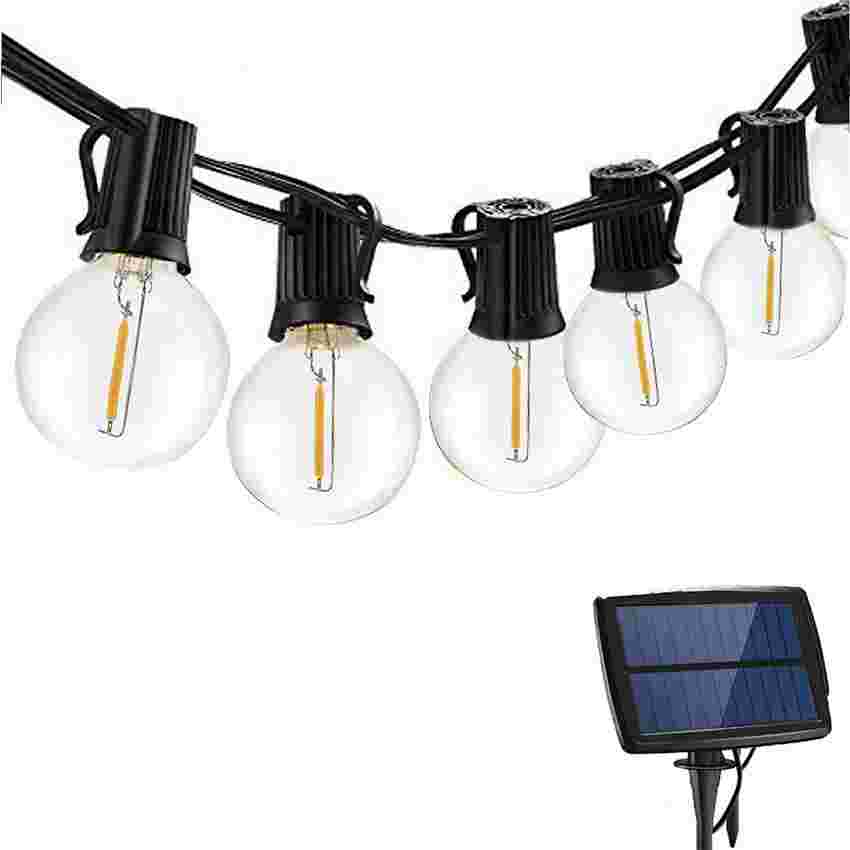Installation, Operation and Debugging of Solar Powered Lights
Solar powered lights have become increasingly popular due to their energy efficiency and environmental friendliness. Not only do they save energy, but they also require minimal maintenance. However, the installation, operation and debugging of these lights can be a bit tricky for some. This article aims to provide a comprehensive guide on how to properly install, operate and debug solar powered lights.

Installation:
1. Choose the right location: The first step in installing solar powered lights is to choose the right location. Make sure the solar panels are exposed to direct sunlight for most of the day to ensure optimal charging.
2. Assemble the lights: Once you have chosen the location, carefully assemble the lights according to the manufacturer's instructions. This usually involves attaching the solar panel to the light fixture and securing it in place.

3. Install the lights: After assembling the lights, it's time to install them in the chosen location. Make sure they are securely mounted and the solar panel is facing the right direction.
Operation:
1. Charge the lights: After installation, the solar powered lights will need to be charged before they can be used. Let them soak up the sunlight for at least 8 hours before turning them on for the first time.

2. Turn on the lights: Most solar powered lights come with a manual on/off switch. Once they are fully charged, you can turn them on and enjoy the ambient light they provide.
3. Monitor the lights: Keep an eye on the lights to ensure they are working properly. If you notice any issues, move on to the next section for debugging tips.
Debugging:
1. Check the batteries: The most common issue with solar powered lights is a dead or faulty battery. Check the batteries to ensure they are properly connected and functioning.
2. Clean the solar panels: Dust and dirt can accumulate on the solar panels, affecting their ability to charge the lights. Regularly clean the panels to ensure maximum efficiency.
3. Inspect the connections: Loose or corroded connections can also cause issues with solar powered lights. Inspect the connections and tighten or clean them as needed.
By following these installation, operation and debugging tips, you can ensure that your solar powered lights are working efficiently and effectively. With proper care and maintenance, solar powered lights can provide years of reliable, eco-friendly lighting for your outdoor spaces.


viber

skype

whatApp

telegram


 France
France
 Spain
Spain
 Portugal
Portugal